One of the most prevailing pieces of advice in the film community is to always overexpose your film. On this blog, I’ve given out that advice a few times, such as in this article about reducing the appearance of grain on film, among many others.
But do you always need to overexpose your film?
In most cases, it isn’t necessary to overexpose film. Overexposing creates a flatter, denser negative with less contrast than film shot at box speed. But manufacturers design film to get the best results at a specific ISO value — pushing or pulling beyond that will most just affect the contrast.
Overexposing is a good option for shooting in high contrast lighting when you want to enhance the amount of shadow details in your images, and only if you really enjoy editing images.
Overexposing is not a good idea with color-positive slide film like Ektachrome 100, Fuji Velvia, or Fuji Provia films because slide films do not tolerate changes in exposure nearly as well as negative film does.
So let’s get into all the positives and negatives of overexposing film.
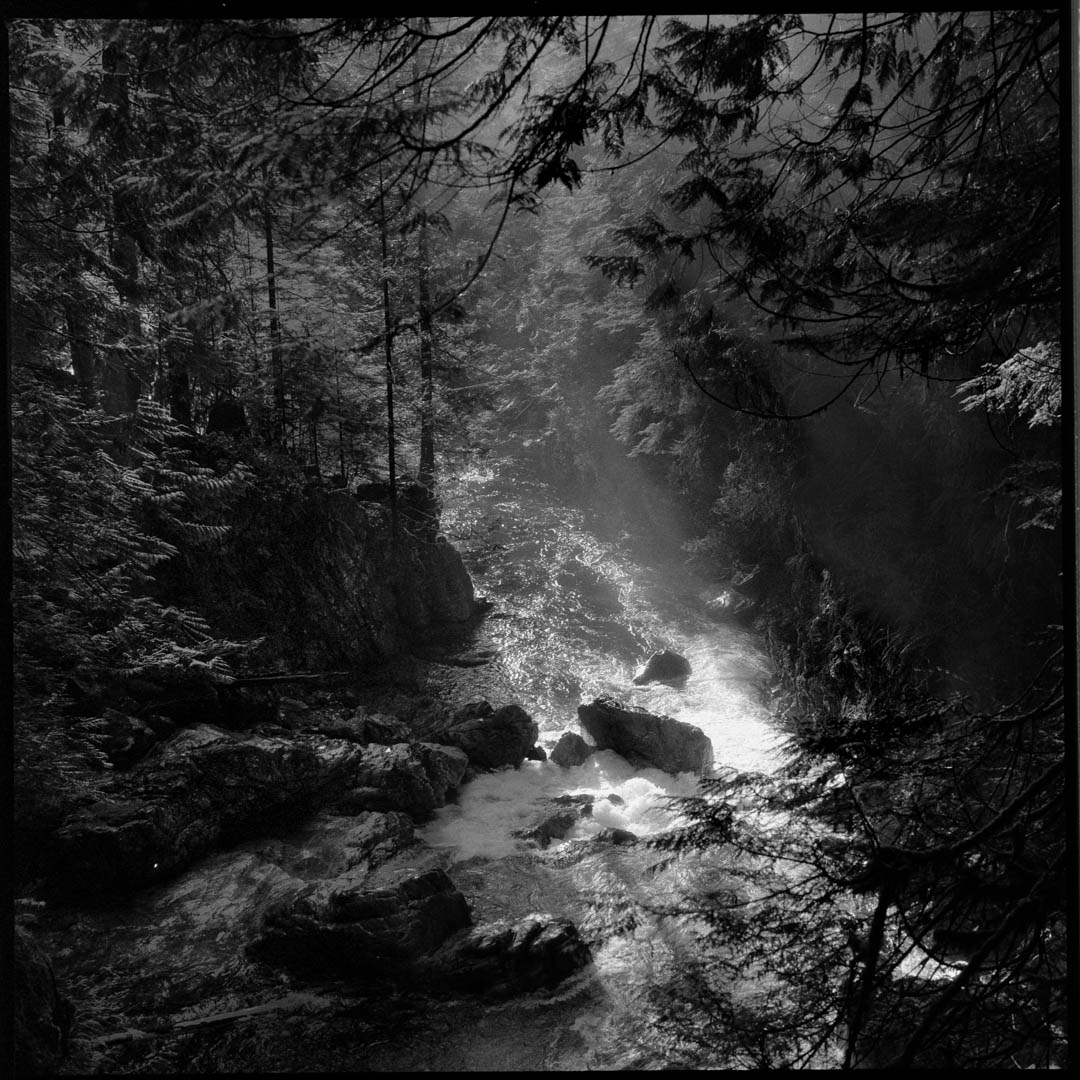
What is the benefit of overexposing film?
Film captures highlights extremely well, but it barely tolerates underexposure. For a film grain to become developable, it needs to meet (or exceed) a certain threshold of light exposure — if it does not meet that threshold, then that grain will not turn black (or add color) on the negative. (Learn more about how film grains work in this article).
Film is made up of a number of different-sized film grains. The smaller grains take the same amount of energy to expose as the larger grains. If you assume there is a finite amount of randomized light hitting the film, the smaller grains have less of a chance of getting struck by enough light to become developable, leaving clear spaces between the larger, developed grains.
By overexposing film, more of these smaller grains will be exposed, which makes the film denser, and less contrasty. That lower contrast can then be altered in the darkroom using gel contrast filters in the enlarger or gives you more room to dodge and burn in Lightroom and Photoshop.
If you get your film scanned at a lab, and choose not to make prints in the darkroom, then overexposing your film won’t really give you a noticeable benefit, as the scanning tech will likely add contrast to the images to make them look better anyways.
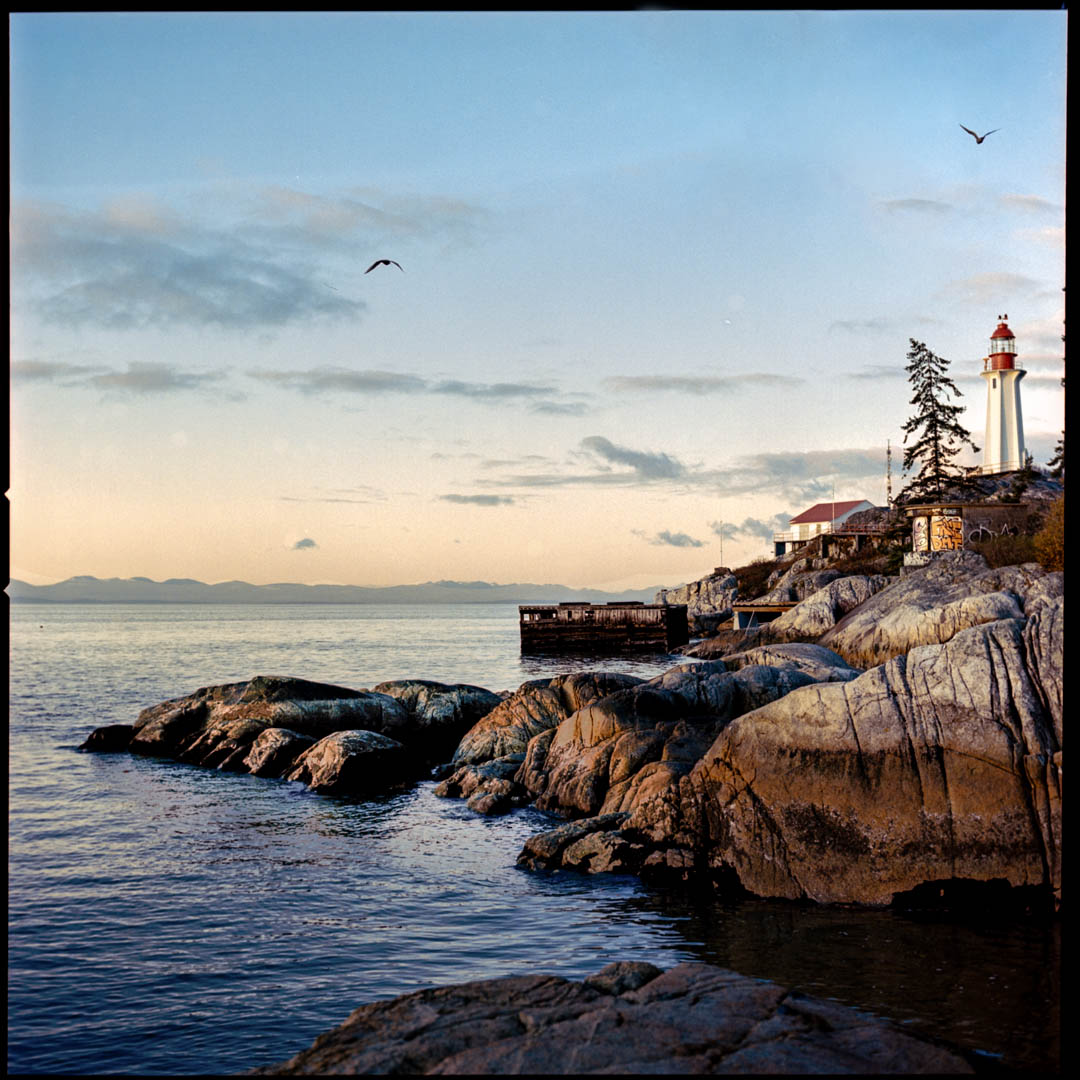
When in doubt, overexpose
At the end of the day, you’re not going to do any harm by overexposing the film slightly. So if you’re ever not completely sure about an exposure, err on the side of overexposing it by a stop (or two).
Of course, try not to go too far. I once overexposed an image by around 8 stops, and it came back a useless, grainy mess. But that’s a very extreme example.
In most cases, I will overexpose my film when there’s enough light to do so, such as if I reach the maximum shutter speed, but still want to keep my aperture relatively low for a bit of nice background blur. (if you’re new to film, you can learn about what the exposure settings do in this article).
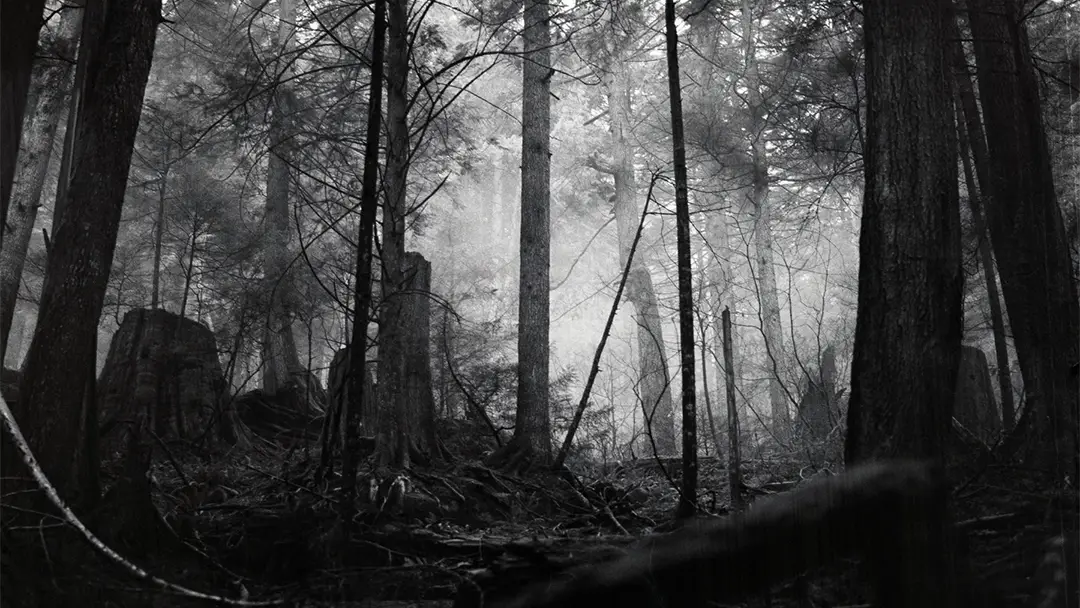
If you overexpose an image, do you need to overexpose the entire roll?
One common piece of advice is that if you overexpose one image, you need to overexpose the entire roll of film. That is true if you want to pull the film, but if you just want to overexpose a couple of shots on a roll in bright daylight, it won’t make much of a difference if they’re developed normally.
When you overexpose the entire roll, you’re effectively pulling the film, which is just a fancy way of saying you want to overexpose and under-develop the roll to reduce color saturation and contrast.
Every film can tolerate at least one stop of overexposure or underexposure without altering development time. Color negative film (and Ilford XP2) can sometimes even tolerate 2 to 3 stops of overexposure and create normal-looking images without altering the developing times.
You can have some radically different exposures and still come back with a good roll of film without having to change the developing time, or overexpose the entire thing.
Black and white film, on the other hand, doesn’t usually tolerate overexposure as well, and may need a change in development times to get the best results if you overexpose by 2 or more stops.
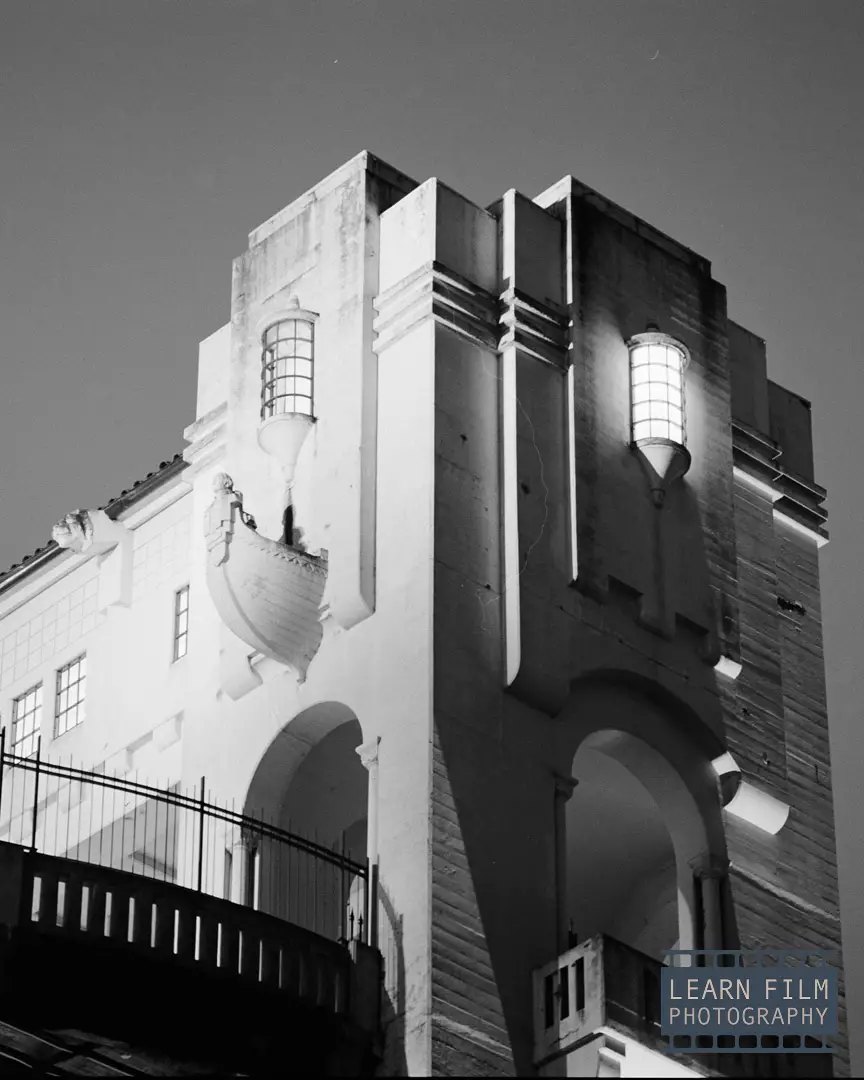
When should you avoid overexposing film?
There are two cases where you should avoid overexposing your film.
The primary case is when shooting color-positive slide films, like Fuji Provia and Velvia or Kodak Ektachrome. Slide films have a very low dynamic range and will be completely ruined by overexposure. Be careful to correctly expose your images when using slide film, otherwise, you won’t be happy with the results.
The next case is if you’re shooting in a situation where the lighting is fairly flat. If the light is even, such as in the middle of the day, the overexposed images may come back with so little contrast that they’re difficult to work with.
Contrast is one of the many tools used to make your subject stand out from the background. If it doesn’t, then the image will simply be boring. In flat lighting, the best thing you can do is underexpose the images to bring out a little more contrast in the scene.
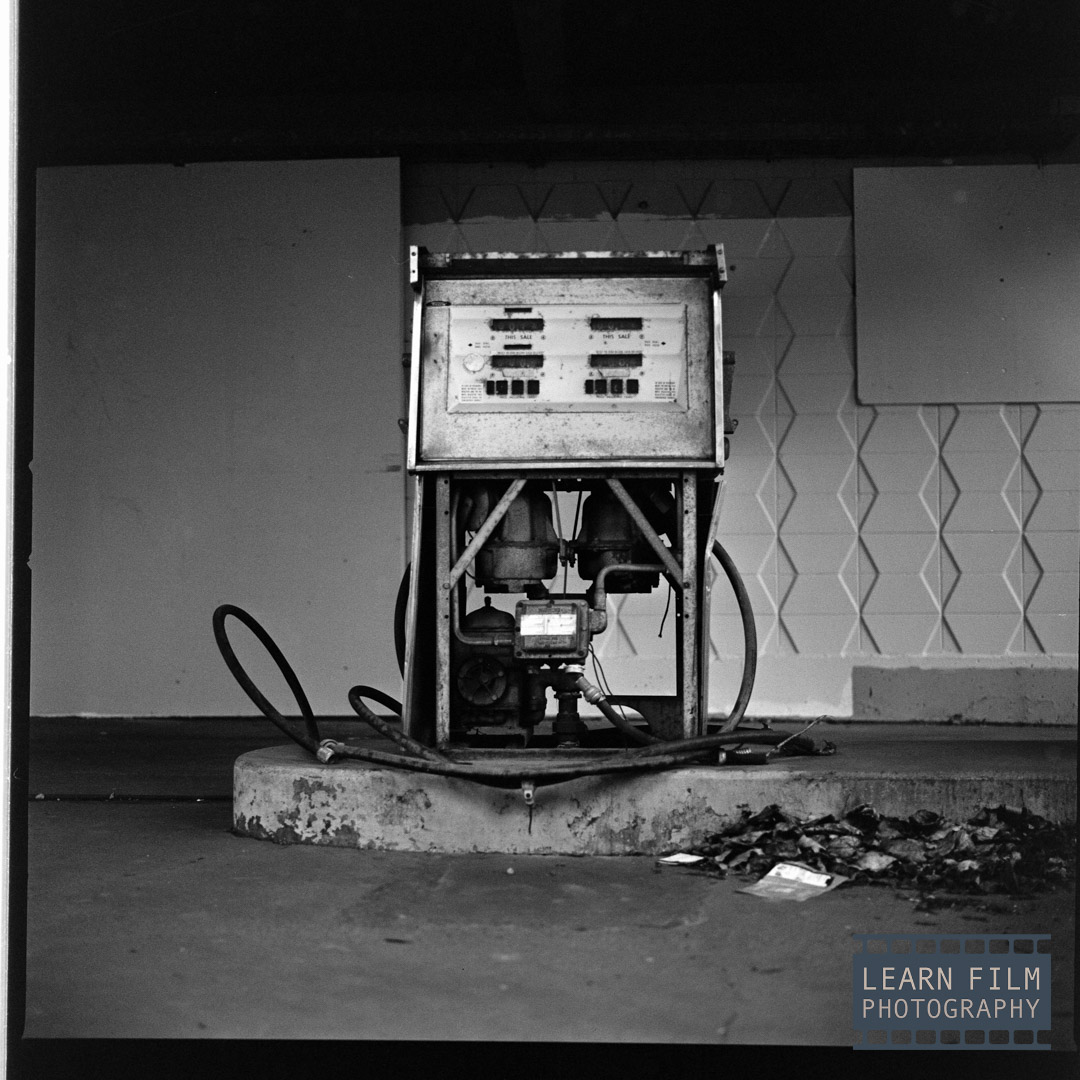
Final thoughts
Exposure affects the contrast of the film more than anything else. Severe underexposure makes for severely contrasty photos, while overexposure makes for flatter images.
Film photographers err on the side of overexposure because it creates images that are more workable in the darkroom, as well as in Adobe Lightroom. But that doesn’t mean you always need to overexpose your images.
If you’re the type of shooter who wants to keep your images look their best straight out of the camera, then you should be shooting at the film’s box speed. The manufacturers set the box speed as the ISO setting where the film will look its best for a reason.
Of course, you can always push and pull your film as you desire but do so with the knowledge that all it affects is the contrast — not necessarily the exposure of the film.
If you’d like to learn more about how to affect the contrast, and other properties of the film, here are a couple of other articles to take a look at:
The Misunderstood Art of FIlm Agitation: this article goes over exactly how film agitation affects the contrast and exposure of film itself, including techniques for pushing film 3 or more stops without introducing too much contrast.
15 Photoshop Free Ways to Make Sharper Images: These are some of the tried and true methods darkroom printers have been using for the last 100 years to get sharper images on film before the advent of digital photography.
The best film stocks that’ll still be available in 2022: In the wake of Fuji discontinuing a multitude of film in 2021, I made a selection of the best film stocks to try that are still going to be around for a long time to come. These are my favorite color and black and white films that I believe every photographer needs to keep in their fridges.
How long does film last?: It’s a simple question that doesn’t have an easy answer. This article details all the research that has been done out of Rochester New York on keeping film for archival purposes. It also recommends some of the film stocks that you should be using when taking photos for archival purposes.
And if you have any more questions, feel free to reach out on the Official Learn Film Photography Facebook group. It’s a growing community, and I love helping photographers reach their goals. I answer questions here as often as I can.

By Daren
Daren is a journalist and wedding photographer based in Vancouver, B.C. He’s been taking personal and professional photos on film since 2017 and began developing and printing his own photos after wanting more control than what local labs could offer. Discover his newest publications at Soft Grain Books, or check out the print shop.
